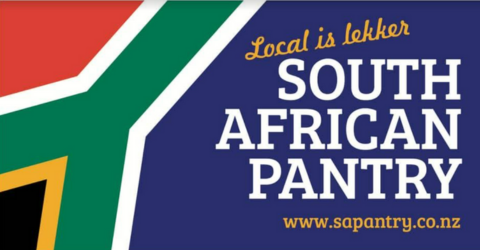The last Ganz Mavag train ran from Wellington to Melling and return on 27 May. It was the end of 34 years of service for the Hungarian built EMUs on the electrified part of the Wellington Metro network.
The Ganz Mavag trains were the mainstay of passenger services on the Kāpiti line from 1982-83 till the introduction of the new Matangi EMUs.
Following a farewell ceremony on platform 9 of the Wellington Railway Station a two unit and four car consist comprising EM 1471/ET 3471 and EM 1246/ET 3246, formed the scheduled 2.17pm service to Melling. Dignitaries, media and other guests filled the leading unit with the public in the rear unit. Special tickets had been printed for the occasion. The Locomotive Engineer on this historic occasion was Michael Campbell. It was noted that there was no headboard.
The speakers to the crowd gathered on platform 9 for the farewell ceremony included the Greater Wellington Regional Council chair, Chris Laidlaw, the Manager of Tranz Metro, David Sheppard, the GWRC Public Transport portfolio leader, Paul Swain and the train manager for the last run, Harvey Paterson. The Hungarian Ambassador was present for the ceremony.
On the Melling platform a farewell party from a local early childhood centre lined up holding a large “Haere Ra” sign. The return run departed Melling at 2.39pm and arrived back in Wellington just before 3pm.
The Ganz Mavag EMUs began service in 1982-83. A fleet of 44 units was built by the Hungarian rail manufacturer in a deal negotiated by the New Zealand and the Hungarian governments. The Ganz Mavag trains cost New Zealand $33 million.
The units have been described as “butter trains” because it was rumoured at the time that the final agreement involved bartering trains for butter. It did not quite work out that way, according to Euan McQueen, Assistant General Manager of New Zealand Railways at the time. Mr McQueen told Radio New Zealand that in the end only some of the butter was sent. Following some initial technical hick ups the Ganz units performed well, he said. They ran on all lines in the network, except for the Johnsonville line.
Seventeen of the Ganz Mavag units have already been sold to a South African rolling stock broker and were shipped to South Africa in March 2014. There they are being converted to locomotive hauled carriages for use in Tanzania and Zimbabwe. It is understood that almost all the remaining Ganz Mavag trains are also being shipped to South Africa in June 2016. However, test refurbishment unit, EM1367and ET3367, (the so-called “Super Ganz”) has been donated to Canterbury Railway Society, located at Ferrymead in Christchurch.
The replacement Matangi EMUs now operate all passenger services on the electrified part of the Wellington network. 44 Matangi units (88 cars) were purchased initially from Hyundai-Rotem and entered service starting in 2010. In 2012 the GWRC decided not to refurbish part of the fleet of Ganz Mavag units and instead ordered a further 35 Matangi units. By May 2016 there were 69 Matangi units in Wellington. The final 14 units will be delivered by September this year completing the fleet of 83 Matangi units (166 cars). The Matangi trains have proved very popular with the travelling public and passenger numbers have steadily increased on the Wellington network since their introduction.
Bruce Taylor is a Kāpiti based freelance writer on rail transport






















